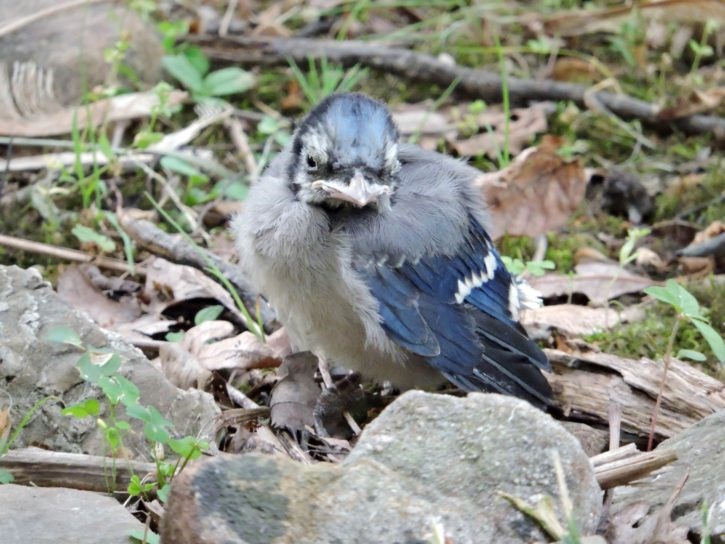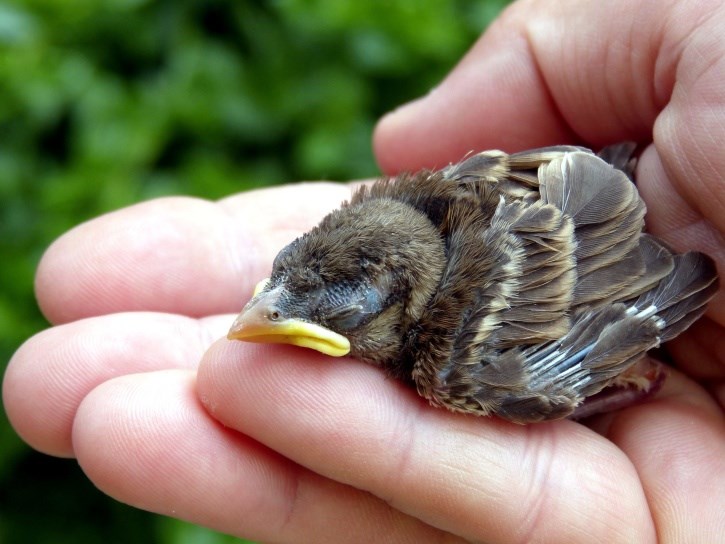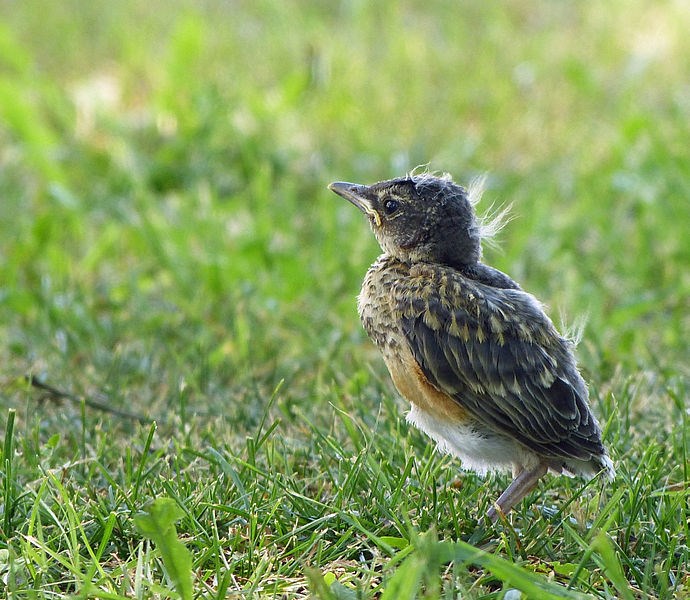Thousands of baby birds and animals are born in spring and summer and every year the Wildlife Rescue Association of B.C. will take in animals “rescued” unnecessarily by people who think they’re doing the right thing.
Starting this month, Wildlife Rescue begins its spring intake of baby animals. This is the busiest time of year for the organization, putting a strain on resources during these typically slow charitable months. Unfortunately, there are many times every year people bring in animals they believed to be in distress, but actually aren’t.
“During the spring and summer thousands of baby birds will begin to chirp as new life springs into nature. Unfortunately, with that influx comes a wave of animals brought to Wildlife Rescue unnecessarily by people who believe these baby birds to be in distress. With a little education, this can stop,” said Wildlife Rescue executive director Coleen Doucette in a press release.

The group is asking the public to follow a few steps before deciding to take action on what may seem to the untrained eye as a baby animal in distress.
Do:
- Take a moment and observe what you see before jumping in. What do you see? Blood? Bone? See the full list of what to look for at wildliferescue.ca/animal/bird.
- If you’re unsure, call our Wildlife Helpline at 604-526-7275 for expert guidance.

Don’t:
- Hold an animal with your bare hands.
- If it has been recommended you capture, do not keep them longer than 24 hours.
- Try to care or fix an injury yourself.
- Try to feed or provide water without first speaking to a wildlife rehabilitator through the helpline.
By following these steps, new wildlife throughout the Lower Mainland has a better chance at surviving and growing strong. As a non-profit organization, Wildlife Rescue relies on the generosity of its donors to care for the injured, orphaned and pollution-damaged wildlife throughout the province. To donate visit wildliferescue.ca/give.
@sthomas10



